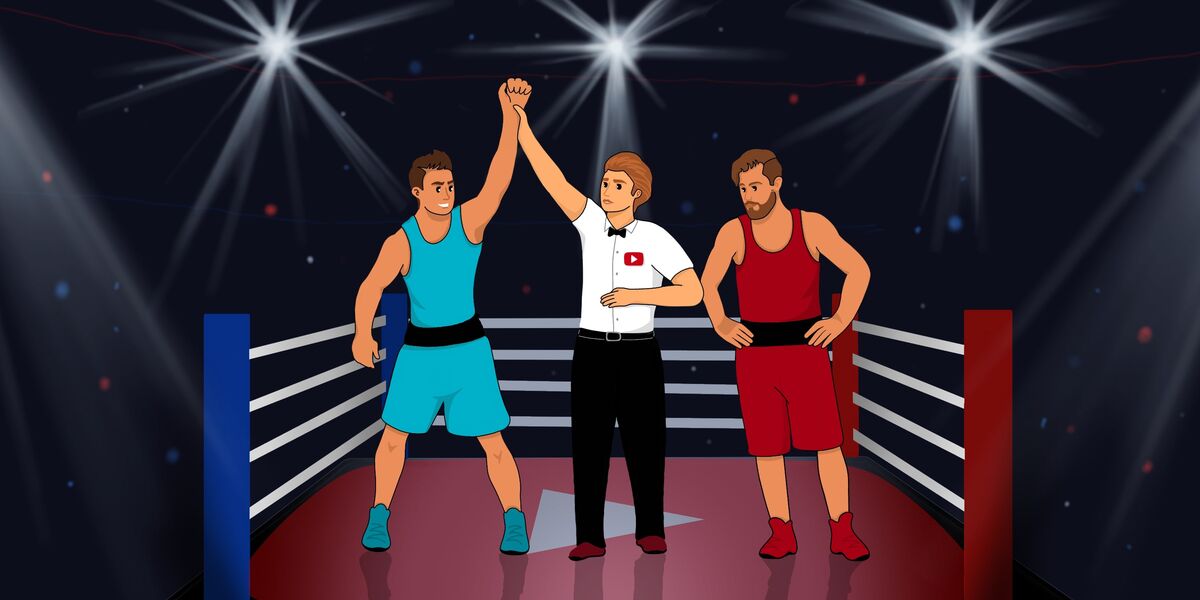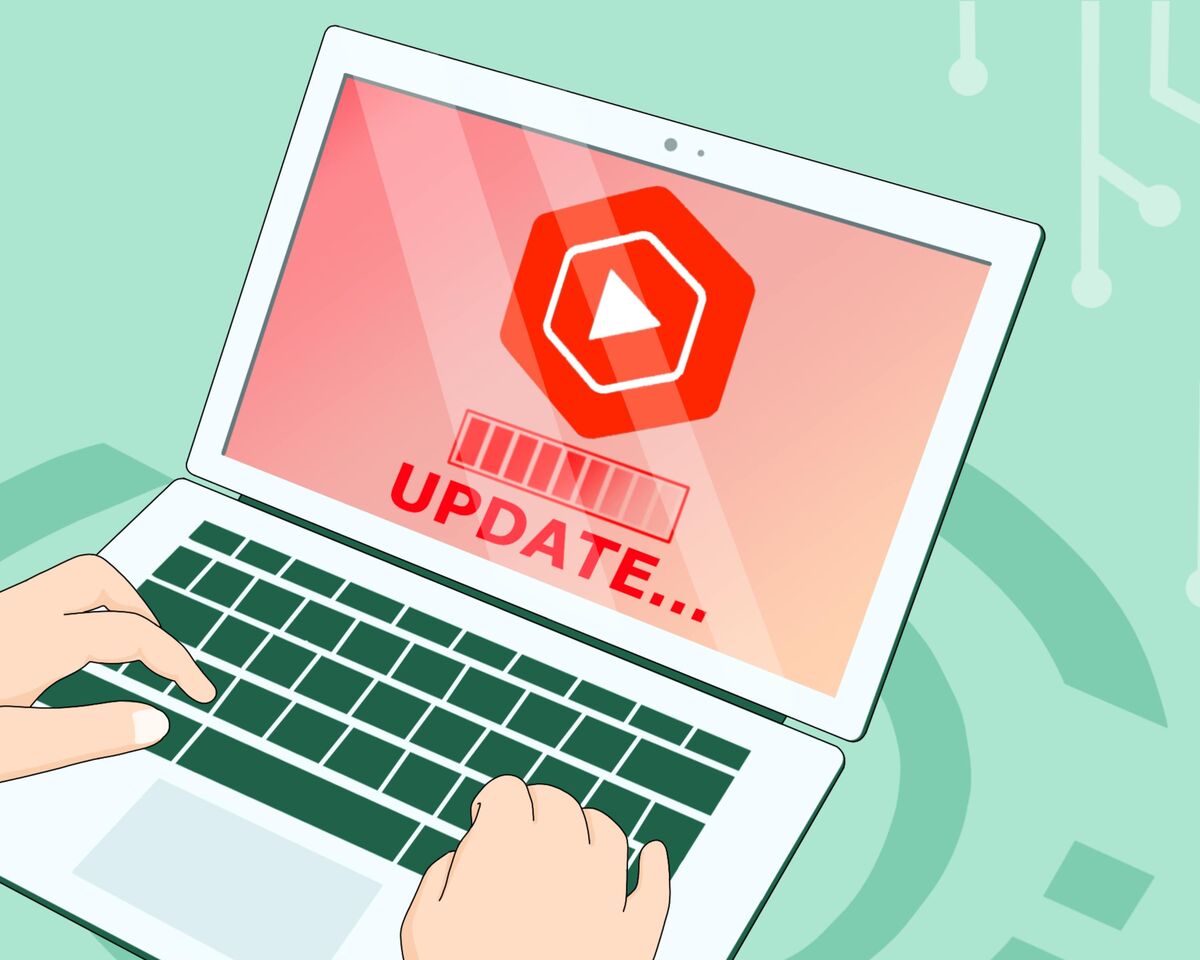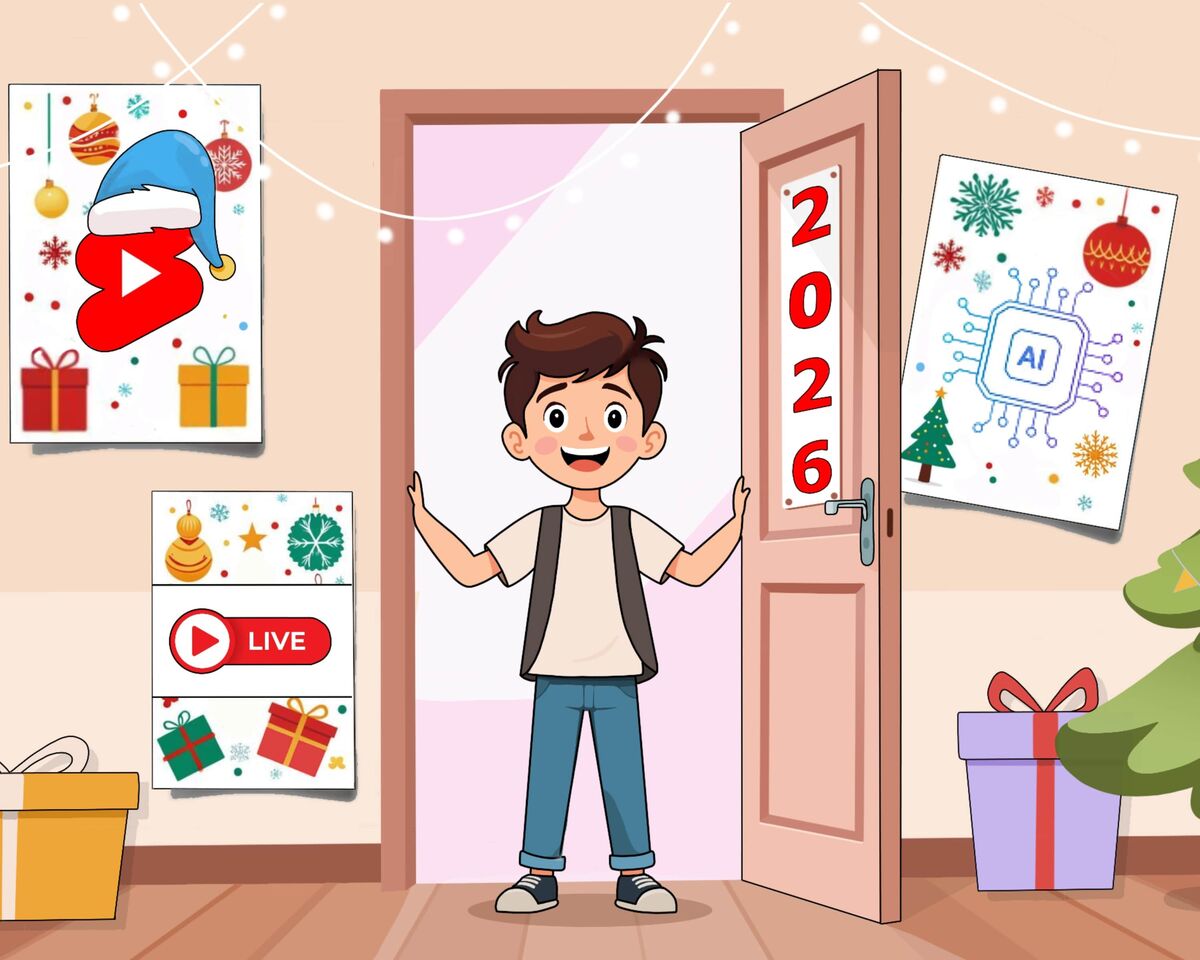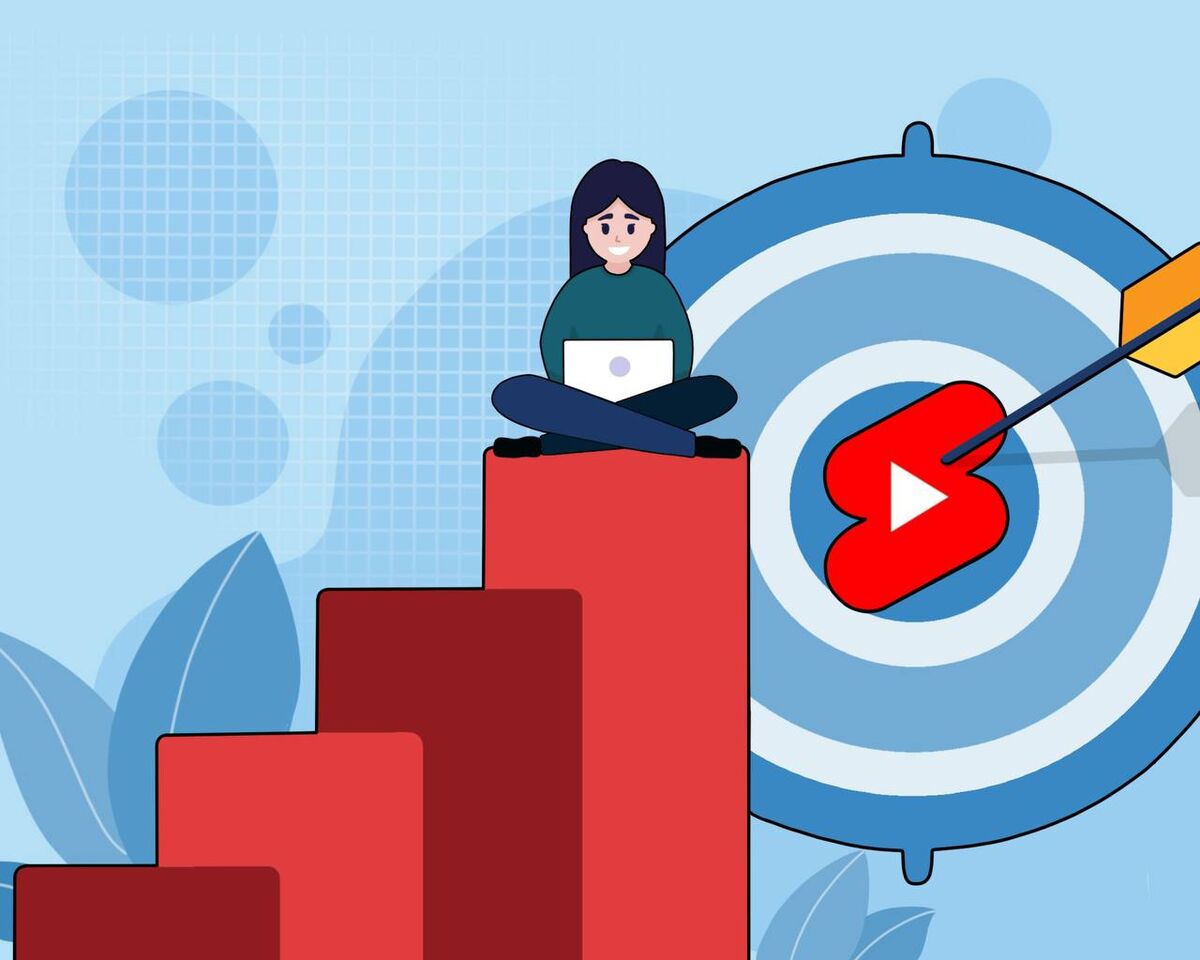How to Keep Fighting When YouTube Ignores Your Content

In reality, and we've discussed this many times already, you absolutely don't need to earn YouTube's love. But you have to win the recognition of your viewers first of all. Nevertheless, many creators still fear falling out of favor with the platform itself. Therefore, today we'll examine why YouTube might not like your SEO optimization, and what else can help draw the algorithms' attention to your videos.
In this article, we would like to address the 3 most controversial topics that most often concern creators:
- YouTube likes or dislikes certain creators
- YouTube's video promotion is random
- SEO optimization on YouTube doesn't work
If you look at all three points, it might seem like you need to jump through hoops just to get your content noticed on the platform.
But in reality, most creators who make such claims and try to find help promoting their videos, when offered genuinely effective recommendations, somehow refuse to follow them.
Most often this happens because the person's expectations don't align with reality, and so it's easier to say that the advice doesn't work and it's all nonsense, rather than putting in the effort and trying out the recommendations in practice.
Loves me, loves me not — that is the question.
To understand the platform's feelings towards you and other creators, a short answer is sufficient: YouTube has no opinions, emotions, or any other humanizing feelings towards creators' content, because it is not a human. Not even a living being.
Yes, of course, there are people behind the creation of the algorithms themselves, no one disputes that. And it should be noted that there isn't just one algorithm on YouTube, there are many, and it's more accurate to call it an entire recommendation system.
A system is something more than algorithms; it's something more global. And YouTube itself uses such a definition for algorithms in its terminology — content search and discovery algorithms.
The goal of this entire system is to show the right video to the right viewer at the right time. Therefore, each individual viewer's recommendations will be maximally different from another's recommendations.
And the algorithms don't care how much effort and soul you put into your content. If it doesn't gather enough information that your video is strongly liked by the audience, more than other videos on the topic among creators, it won't give it many impressions.
And if you, like us, are used to relying only on facts, not speculation, let's try to address this question: How does YouTube promote videos and why?
Let's start with the fact that you'll have to change your attitude toward how the platform works to stop being upset with it and look at things realistically: YouTube doesn't find viewers for your videos, but rather selects relevant content for viewers.
As long as you live in the paradigm that YouTube owes you something—owes you impressions, owes you an audience, owes you video promotion—your channel and content won't move forward.
So let's establish the main point: the algorithms don't work for us, and we don't even work for the algorithms, but all participants—both YouTube and creators—work for the viewers.
The success of videos on YouTube is random
Before we discuss the thesis itself, let's recall how YouTube arrived at the recommendation system it uses on the platform today.
Once, the entire algorithm system was built only on the fact that YouTube collected metadata from each video, correlated it with what viewers were searching for, and then delivered relevant videos to them based on keywords and phrases.
Over time, it became clear that this was too simple a system, and a huge number of creators could popularize their content just by using properly selected keywords without any quality control or consideration of the video content itself.
Then metrics such as number of views and subscribers appeared, which led to a long-standing race for these indicators on YouTube, as they ensured the success of bloggers and their content. But even this didn't guarantee viewers that they would watch quality content they would enjoy.
Then YouTube thought it made sense to also evaluate how long viewers watch videos, that is, the average watch time.
But this led creators to make long and meaningless videos that actually had good average watch time compared to shorter ones. And it turned out that the wrong videos were at the top again, as still no one was evaluating their content and the viewers' actual reaction.
Therefore, to more adequately evaluate videos and their quality, YouTube shifted focus to the indicator of viewer engagement with the video, that is, retention.
And from this moment on, what became more important was not what the creator wrote about their video in the title, description, and tags, how many views the video got, or how many subscribers the channel had, but how the audience evaluated it through their engagement.
It is indeed difficult to predict with 100% accuracy whether your new video will be successful or not.
But you can increase the probability that the video will take off without using the magic. To do this, you need to understand just a few things:
- What your audience likes
- How YouTube selects videos for each individual viewer
On YouTube's main page, you and your friend won't have the same videos, even if you think your interests are similar. You might not know that your friend secretly watches videos about Hollywood stars' lives, but the algorithms know everything about them.
When ranking videos for a viewer, YouTube relies on hundreds of signals, however, all of them can be divided into two large categories:
- Viewer preferences/personalization: which videos people watch, ignore, skip, how long they watch, and their overall satisfaction during viewing.
- Video effectiveness/performance: this includes audience engagement signals collected by a given video from the creator.
As you can see, both YouTube and creators — in order to work effectively — ultimately need to understand their viewers’ interests.
To understand viewer preferences, YouTube collects information about each person on the platform to make its recommendations as accurate as possible: which videos the viewer responded to, ignored, or skipped, which topics they prefer, and which channels they watch most often.
YouTube essentially builds a dossier on every individual viewer, so it can use that data to compile the most relevant video suggestions. In the same way, creators should be building a dossier on their target audience and understanding clearly what that audience likes — and what it doesn’t.
But that’s a whole separate conversation — about the audience and its interests. Today, we're focusing on our relationship with YouTube.
So, video effectiveness is the second category of data YouTube relies on when ranking videos. And this category analyzes not the individual viewer and their preferences, but rather our videos themselves — each of which gets its own "dossier" on the platform.
First and foremost, YouTube evaluates how compelling the content is. It looks at how often viewers click on a given video, how often they ignore it, or choose “Not interested”.
It also evaluates the quality of viewing: how often people watch the video to the end, how many make it to the halfway point, and where most people tend to drop off.
These metrics are called retention and average view duration in video analytics, displayed as percentages and minutes respectively.
But what also matters is how satisfied viewers feel during and after watching the video. That’s where metrics like likes and ratings come into play. And by ratings, we don’t mean likes — we mean viewer surveys and ratings that are manually submitted per video.
These are the key indicators YouTube uses to assess a video’s effectiveness. Key — but not the only ones.
You may have noticed that we didn’t include comments, likes, or shares under viewer satisfaction signals. That’s because, while they do help push a video up the ladder and influence how it's ranked for an audience, YouTube doesn’t see them as decisive. The platform believes they’re too easy to manipulate.
For example, a popular creator might encourage viewers to like the video by saying they won’t release the next one until it gets 1,000 likes. So viewers click “like” because they want to see the next video — but that doesn’t mean they actually enjoyed the current one.
All of this complex and lengthy explanation brings us to a simple formula:
The quality of your content matters more than the quantity.
That said, we won’t deny that creators still need to produce a lot of content before they can become successful. So why the contradiction?
When it comes to attracting an audience, the quality of each individual video matters most. All the criteria YouTube uses for ranking — which we’ve just discussed — point to the importance of quality.
But when does quantity matter?
When you’re trying to learn and improve. The more videos you shoot and edit, the faster you’ll find your own production and editing style — and the faster you'll become overall at making content.
What other factors influence how people watch videos?
To answer this question, we suggest that you refer to the platform's help section.
- Interest in the topic: how many people in the world are generally interested in the topic. It can have large or small reach; it can be popular or outdated.
- Competition: YouTube will need to sort through videos from hundreds of thousands of creators, so even with good video performance (retention, CTR, and audience reactions), a video might not become popular because other creators’ videos are being watched even more.
Therefore, we once again remind you how important it is to know who you're working with in your niche and who you're competing with for viewers' attention.
- Seasonality: It's not just about your channel's personal audience, but also about the general interest of viewers in the platform depending on the time of year or day. And you can't forget about global events, what's happening in the specific country where your audience is located, and how viewers' interests and engagement can change depending on external circumstances.
If all of this sounds complicated — well, yes, it’s meant to be. First of all, if it were that simple, then every low-quality video would become popular, and YouTube would have nothing worth watching.
Secondly, the algorithms have been built over years, the system is constantly evolving, and YouTube’s automated and self-learning algorithms change almost daily. Around 300 experiments are run on the platform every year, so it's impossible to say with certainty which video will go viral.
One thing I can say for sure: everything revolves around viewer interests, and YouTube will continue to grow and change based on those interests.
YouTube SEO Doesn't Work
If you’ve been paying close attention to the previous section, you should no longer doubt that optimization does work — it has been built into YouTube’s algorithms for a long time. The real issue is that it doesn’t work the way most creators imagine it.
How creators imagine it: if I write a perfect title targeting top search queries, add as many keywords and phrases as possible to the description, and then do the same in the tags, I’ll automatically land in top search positions for all the queries I’ve listed.
And when the video doesn’t show up at the top of the search results, the creator gets frustrated and declares that SEO optimization on YouTube doesn’t work. But that’s not true. These mistaken assumptions only fuel more myths about the platform’s algorithms.
Effective optimization works in combination with your content and how viewers respond to it. If you make an unengaging video look good with strong SEO, it still won’t guarantee views or top rankings in search.
Whether it’s about search or recommendations, YouTube is trying to find the right video for the viewer, not viewers for your video. Period. That’s why the same search query can produce different results for different users.
If you look closely at the search results, you’ll see that videos aren’t ranked by view count or how many subscribers the creator has. The logic is entirely different — and to understand it, let’s briefly go over how YouTube’s search recommendations actually work.
Here are the key points:
- YouTube’s algorithms primarily focus on three factors: relevance, engagement, and quality.
- Relevance measures how well the video’s title, description, tags, and content match the user’s search query.
Let’s translate that into simpler terms: the more relevant keywords and key phrases you include in your videos—in the titles, descriptions, tags, and even in the spoken content—the easier it is for YouTube to promote your video.
However, simply stuffing your content with keywords separated by commas won’t help. The text in your titles and descriptions needs to be intentional and meaningful. Otherwise, the platform may interpret it as spam or manipulative behavior.
You're unlikely to get a strike for it, but YouTube can and likely will limit your video’s visibility, reducing how often it’s shown to viewers.
- Engagement is measured by the platform based on the number of signals from viewers.
And once again, we come back to the fact that both the search system and the recommendation system rely on viewer performance signals that a specific video has accumulated.
These can include: watch time, likes, dislikes, comments, how many people shared the video, how often they rewatched certain parts, and so on.
Today’s algorithms don’t just consider whether a video was watched as a unit of measurement—they also assess how high-quality the viewing experience was, and whether the viewer felt satisfied after watching.
- Video quality
In the context of YouTube, this refers to the authority of the source and the reliability of the information you provide in your videos. In simpler terms, it’s about your channel’s reputation: how many viewer complaints have been made about your content, how many restrictions YouTube itself has placed on your videos, and similar factors.
A big misconception is that SEO optimization alone is enough to capture most of the traffic from search results. Moreover, you can dig yourself into a hole if you focus solely on search traffic.
So, what’s the risk of creating videos only for YouTube search?
When you just make answers to frequently asked questions or tutorials in video format, your channel turns into a search engine and fails to build a connection with your audience.
And if we go back to YouTube’s core mission, it’s all about viewer emotions and interests.
Focusing only on search traffic can get in the way of building a relationship with your viewers and making your channel feel alive and engaging, because answering a question doesn’t necessarily mean doing it in an interesting or entertaining way — the main goal is just to answer.
This limits your channel, your creativity, and the emotional response viewers have to your videos. Simply put, they come, watch the video to get their answer, say thank you, and leave — never thinking about you again.
Stop trying to game the platform’s algorithms — you’ll only end up disappointed, because even if someone manages to hack the recommendation system, YouTube will quickly fix it.
Stop arguing with the robots and start studying the audience you’re actually creating content for.
There’s no point in blaming the algorithms or the platform if viewers aren’t watching or engaging with your videos.
Focus on the quality of your videos and the interests of your audience — that’s how you’ll discover your own path to success on the platform much faster.




